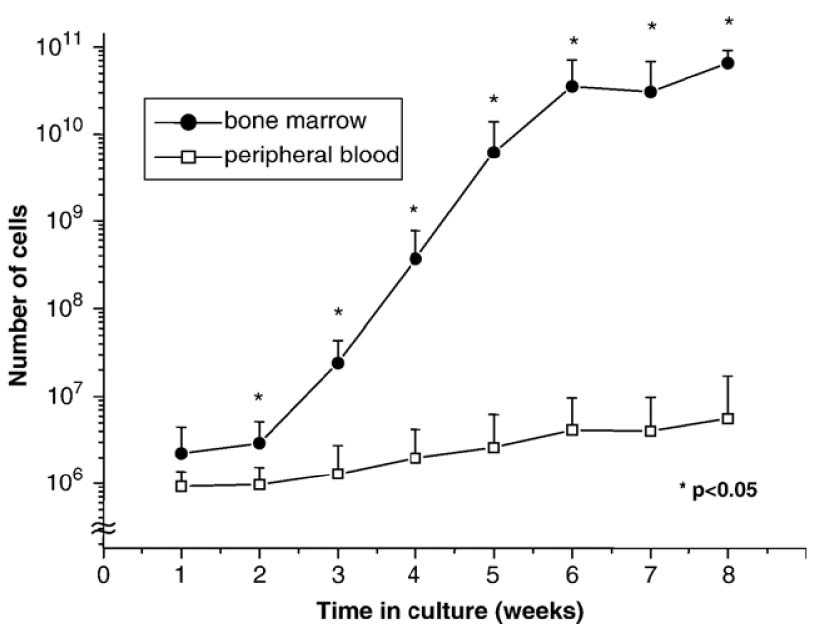Neural differentiation potential of peripheral blood- and bone marrow-derived precursor cells (2006)
Abstract
Transplantation of mesenchymal stem cells (MSCs) prepared from adult bone marrow (BMSCs) has been reported to ameliorate functional deficits in several CNS diseases in experimental animal models. Bone marrow was enriched in MSCs by selecting for plastic-adherent cells that were grown to confluency in appropriate culture conditions as flattened fibroblast-like cells. Despite the fact that the stem/precursor cells in peripheral blood are widely used for reconstruction in the hematopoietic system, it is not fully understood whether peripheral blood-derived plastic-adherent precursor/stem cells (PMSCs) can differentiate into a neural lineage. To compare the potential of PMSCs and BMSCs for neural differentiation in vitro, BMSCs and PMSCs were prepared from the adult rat and expanded in culture. Although the growth rate of PMSCs was less than BMSCs, immunocytochemical and RTPCR analyses indicated that both MSC types were successfully induced to nestin-positive neurospheres in the presence of EGF and bFGF. After withdrawal of the mitogens, these cells could differentiate into neurofilament-positive neurons or GFAP-positive glia. Thus, our findings suggest the potential use of PMSCs for a cell therapy in CNS diseases.
Keywords
Blood; Bone marrow; Mesenchymal stem cell; Transplantation
Sourse : NIH Public

